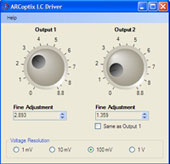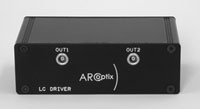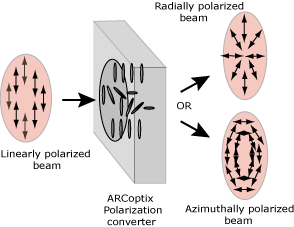
The Radial Polarization converter (RPC)from ARCoptix is a worldwide unique device that converts a conventional linearly polarized beam into a beam that has a CONTINUOUS radial or azimuthal Polarization distribution and stable in time. As illustrated in the figure below the orientation of the Polarization vector varies spatially but locally the Polarization state is considered as linear.
Thanks to the special alignment of the liquid crystal molecules, the Polarization converter rotates locally the orientation of the linearly polarized beam. Depending of the settings of the device, we may obtain either azimuthally or a radially polarization distribution at the output as described in the figure above.
The RPC can be ordered in different options (with phase compensator and TN cell) depending of your application..
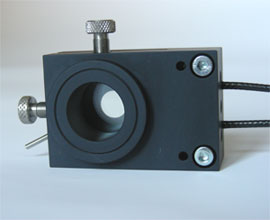
Housing
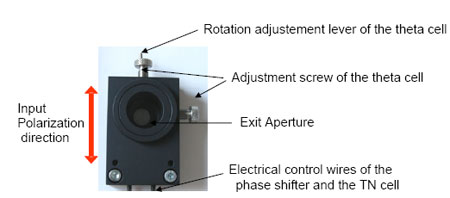
Product Overview
With the help of the Arcoptix RPC, LG beams and also Bessel-Gauss beam can relatively easily be generated from any laser in the VIS-NIR region (including also pulsed lasers)
By simply focalizing (here NA 0.9) an azimuthal collimated laser beam that has passed through the Polarization converter, we obtain a typically doughnut beam as shown on the left figure here below. With the help of a linear polarizer parallel to X and Y axis, we obtain respectively the the two-half-lobes spots corresponding to x-y Polarization components of the same doughnut beam (figures in the center).
By inserting an additional annular slit in the setup, we obtain focused annular azimuthal beam (here with a NA 0.9 objective) generating so a 1st order Bessel-Gauss beam or also called vortex beams (figure on the right).
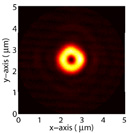
Doughnut beam (LG beam)
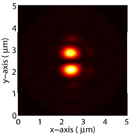
x-Polarization of the
doughnut beam
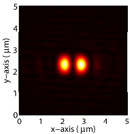
y-Polarization of the
doughnut beam
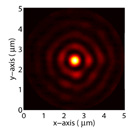
1st order Bessel-Gauss beam
Results obtained by Myun-Sik Kim at EPFL Neuchâtel with the Arcoptix RPC
For further information contact ARCoptix: info@arcoptix.com

